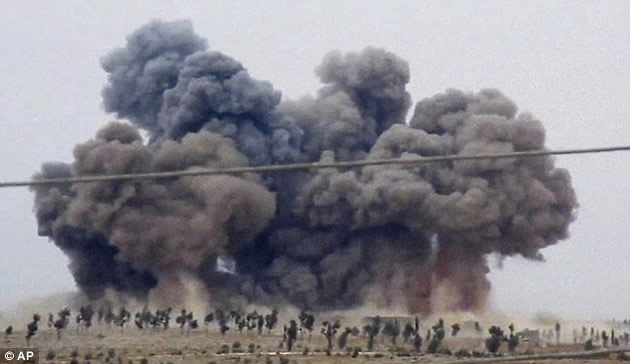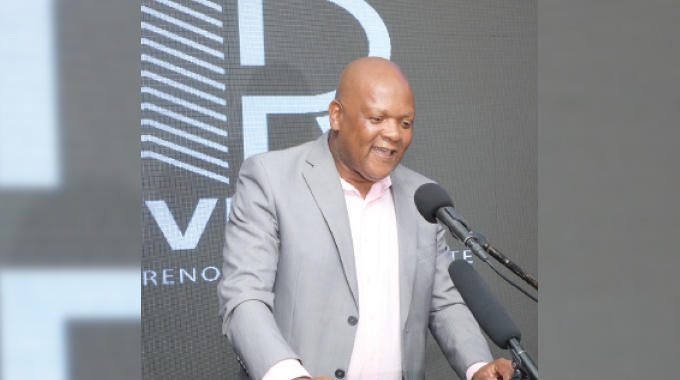SPB finally awards 300MW solar tenders

 Golden Sibanda Harare Bureau
Golden Sibanda Harare Bureau
THE State Procurement Board has finally awarded tenders for solar power projects with combined output of 300 megawatts to three firms. . The three long awaited solar projects, each with capacity for 100MW were awarded to Intratrek Zimbabwe (Gwanda), ZTE Corporation (Insukamini) and Number 17 Metallurgical China (Munyati).
This brings finality to the protracted evaluation of the multi-million dollar solar initiatives. Well placed sources told our Harare Bureau that the projects were awarded after marathon meetings that started with an extraordinary board meeting last Thursday, which was adjourned to yesterday when the decision, long in coming, was made. The projects have been on the cards since September 2012.
Yesterday’s decision to finally award the tenders comes barely a fortnight after Energy and Power Development Minister Samuel Undenge said he would request Cabinet authority to access the tenders and award deserving companies after being frustrated by SPB’s delays.
Minister Undenge said the tenders had been unnecessarily caught up in bureaucratic entanglements at the State tender board.
SPB executive chairman Charles Kuwaza would neither deny nor confirm the decision made by the board yesterday saying he was at the moment constrained to comment on the tenders issue.
“I’m not allowed to make a comment before we’ve completed what we need to do. We’ll issue a statement when we’ve completed what we need to do, including writing letters (to winners),” he said.
Insukamini would be constructed at an estimated cost of $160 million, Gwanda $171 million and Munyati for about $140 million in a development that will go a long way in alleviating the power shortage.
It is expected that construction will take an average of 18 months from financial closure.
Zambezi River Authority reduced water allocation to Zesa Holdings and Zambia’s power utility Zesco to 40 billion cubic metres each from 45 billion cubic metres each as Kariba Dam water levels continued to fall after poor hydrological year in 2014/15.
As such, Zimbabwe can now only generate a maximum of 475MW from a capacity of 750MW at Kariba while Zambia is permitted to produce a maximum of 305MW from its 1,080MW plant.
Prior to the directive by ZRA for Zimbabwe and Zambia to scale down generation on the northern and southern banks, Zimbabwe was already facing serious shortage of electricity as it could only produce about 1,300MW against demand of 2,000MW at peak of demand.
Zimbabwe has continued to face a crippling shortage of power supply despite its excellent climate, which presents plenty of sunshine all year round to be able to meet part of its power needs from solar.
The government is pursuing a number of initiatives to increase power supply, which has come at a huge cost to the economy, including 300MW expansion of Kariba South and 600MW extension of Hwange. The two projects were awarded to Sino Hydro of China and will take at least 42 months from the day financial closure is completed.
Expansion work has already started at Kariba South while financial closure is anticipated for Hwange thermal before end of this year.
Other projects the government is looking at include the Batoka Gorge, Southern power project while licences have been issued to independent power producers for projects in Matabeleland, Gokwe North, to add to numerous other small initiatives countrywide.











Comments